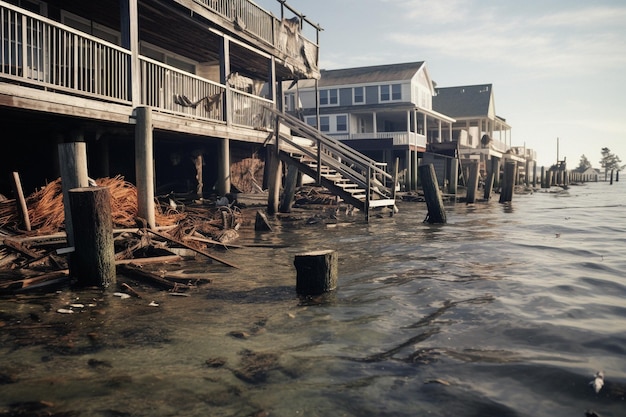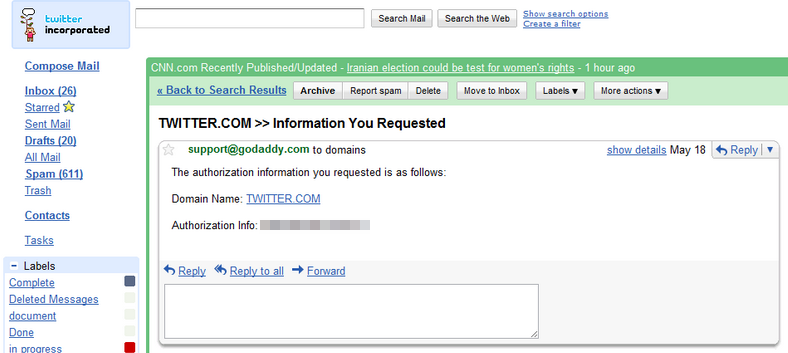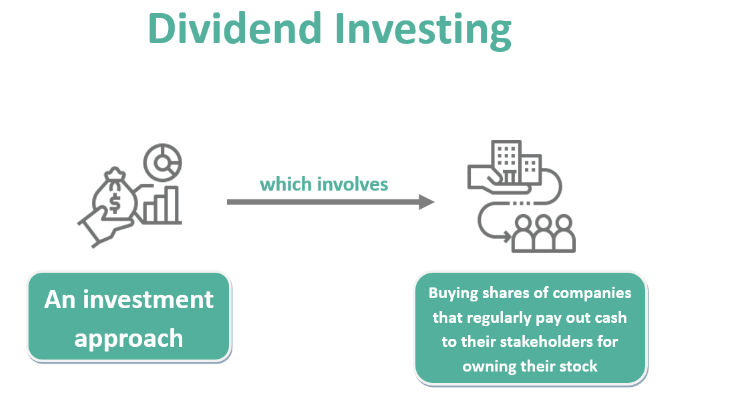The Impact Of Rising Sea Levels On Coastal Populations

Table of Contents
Displacement and Migration
Rising sea levels significantly exacerbate the frequency and intensity of coastal flooding, a leading cause of displacement and climate migration. Coastal flooding, driven by higher sea levels and intensified storms, renders homes and communities uninhabitable, forcing people to leave their ancestral lands.
Increased frequency and intensity of flooding
- Examples: The Sundarbans delta in Bangladesh experiences increasingly frequent and severe flooding, displacing thousands each year. Similarly, low-lying Pacific island nations like Kiribati and Tuvalu are facing existential threats due to rising sea levels and increased storm surges.
- Challenges: Displaced coastal communities often face a lack of adequate housing, sanitation, healthcare, and economic opportunities in their new locations. They may also experience social disruption and loss of cultural identity. The process of resettlement is often fraught with bureaucratic hurdles and inadequate support systems. This leads to increased vulnerability and hardship for those already struggling with the loss of their homes and livelihoods.
Loss of habitable land
The relentless rise in sea levels leads to the irreversible loss of habitable land through inundation and coastal erosion. This permanent loss of land forces communities to relocate, often with devastating consequences.
- Examples: Coastal erosion is steadily shrinking islands in the Maldives, threatening the very existence of these low-lying island nations. Similarly, many coastal areas in Vietnam and Louisiana are experiencing significant land loss, leading to the displacement of farming communities and the destruction of valuable ecosystems. Salinization of freshwater sources further compromises the viability of remaining land.
- Ramifications: The economic and social ramifications of land loss are far-reaching. Loss of agricultural land threatens food security, while the destruction of infrastructure leads to massive economic losses. The displacement of entire communities disrupts social networks, cultural practices, and traditional ways of life.
Economic Impacts
The economic consequences of rising sea levels are profound and far-reaching, impacting coastal communities and global economies. Damage to vital infrastructure and the loss of livelihoods represent major economic challenges.
Damage to infrastructure
Rising sea levels cause significant damage to coastal infrastructure, including roads, bridges, buildings, power plants, and transportation systems. Repairing or replacing this damaged infrastructure incurs massive costs, placing a significant strain on local and national budgets.
- Examples: The cost of protecting coastal cities from sea level rise is estimated to be in the trillions of dollars globally. Repeated flooding necessitates costly repairs to roads and buildings, while saltwater intrusion can corrode infrastructure, shortening its lifespan and further adding to expenses.
- Tourism and Fishing: Coastal tourism and fishing industries, which are vital to many coastal economies, are also severely affected by rising sea levels. Damage to coastal ecosystems and reduced access to fishing grounds decrease revenue and employment opportunities.
Loss of livelihoods
Many coastal communities rely heavily on industries that are directly impacted by rising sea levels. Fishing, tourism, and agriculture, all crucial for food security and economic stability, are particularly vulnerable.
- Examples: Saltwater intrusion into agricultural lands can render them unproductive, harming local food supplies and farming-based incomes. The decline in fish stocks due to changes in water temperature and salinity can devastate fishing communities and impact local economies. Damage to tourism infrastructure, such as hotels and beaches, causes job losses and reduced tourism revenue.
- Poverty and Inequality: The loss of livelihoods associated with rising sea levels often exacerbates existing poverty and inequality, disproportionately impacting marginalized and vulnerable populations.
Environmental Impacts & Public Health Concerns
Beyond the social and economic impacts, rising sea levels cause significant environmental damage and pose serious public health risks.
Saltwater intrusion
Rising sea levels lead to saltwater intrusion into freshwater aquifers and coastal wetlands. This contamination affects drinking water supplies and agricultural lands, resulting in water scarcity and reduced agricultural yields.
- Examples: Coastal aquifers in many regions are already experiencing saltwater intrusion, limiting the availability of potable water and threatening food production. The intrusion of saltwater into agricultural lands reduces crop yields, impacting food security and increasing the reliance on already stressed water resources.
- Health Risks: Contaminated water sources increase the risk of waterborne diseases, such as cholera and typhoid fever, leading to public health crises, particularly in areas with limited access to clean water and sanitation.
Increased risk of disease
Rising sea levels create ideal breeding grounds for disease vectors like mosquitoes, increasing the incidence of vector-borne illnesses such as malaria, dengue fever, and Zika virus. Increased flooding also elevates the risk of waterborne diseases.
- Examples: Increased flooding creates stagnant water pools, ideal breeding sites for mosquitoes, potentially leading to significant outbreaks of vector-borne diseases in coastal regions. Contaminated floodwaters can increase the spread of waterborne diseases, putting vulnerable populations at greater risk.
- Preventative Measures: Investing in early warning systems for floods and implementing public health interventions, such as mosquito control and improved sanitation, are crucial to mitigate these risks.
Conclusion
The impact of rising sea levels on coastal populations is multifaceted and severe. Displacement, economic losses, environmental degradation, and significant public health risks are undeniable consequences of this ongoing environmental crisis. The urgency of addressing rising sea levels cannot be overstated; the threat is immediate and requires global action. Understanding the impact of rising sea levels is crucial for creating effective solutions. Learn more about the threats and support organizations working to protect coastal populations from the devastating effects of rising sea levels. We must act decisively to mitigate climate change and protect the vulnerable communities facing the brunt of this escalating crisis.

Featured Posts
-
 Sylvester Stallones Dochter Bewijst Haar Schoonheid Met Deze Foto
May 11, 2025
Sylvester Stallones Dochter Bewijst Haar Schoonheid Met Deze Foto
May 11, 2025 -
 Hollywood Production Halts As Sag Aftra Joins Wga Strike
May 11, 2025
Hollywood Production Halts As Sag Aftra Joins Wga Strike
May 11, 2025 -
 Millions In Losses How A Hacker Targeted Executive Office365 Accounts
May 11, 2025
Millions In Losses How A Hacker Targeted Executive Office365 Accounts
May 11, 2025 -
 Duplantis Dominates Diamond League Opener Amidst Shifting Athletics Landscape
May 11, 2025
Duplantis Dominates Diamond League Opener Amidst Shifting Athletics Landscape
May 11, 2025 -
 Complete Ufc 315 Main Card Unveiled Muhammad Faces Della Maddalena
May 11, 2025
Complete Ufc 315 Main Card Unveiled Muhammad Faces Della Maddalena
May 11, 2025
Latest Posts
-
 A Simple Path To Profitable Dividend Investing
May 12, 2025
A Simple Path To Profitable Dividend Investing
May 12, 2025 -
 High Yield Dividend Investing A Simple Profitable Strategy
May 12, 2025
High Yield Dividend Investing A Simple Profitable Strategy
May 12, 2025 -
 Unlocking Maximum Profits With A Simple Dividend Strategy
May 12, 2025
Unlocking Maximum Profits With A Simple Dividend Strategy
May 12, 2025 -
 Moscows Red Square Putins Display Of Power At Victory Day Parade
May 12, 2025
Moscows Red Square Putins Display Of Power At Victory Day Parade
May 12, 2025 -
 The Simplest Dividend Strategy The Most Profitable Approach
May 12, 2025
The Simplest Dividend Strategy The Most Profitable Approach
May 12, 2025
